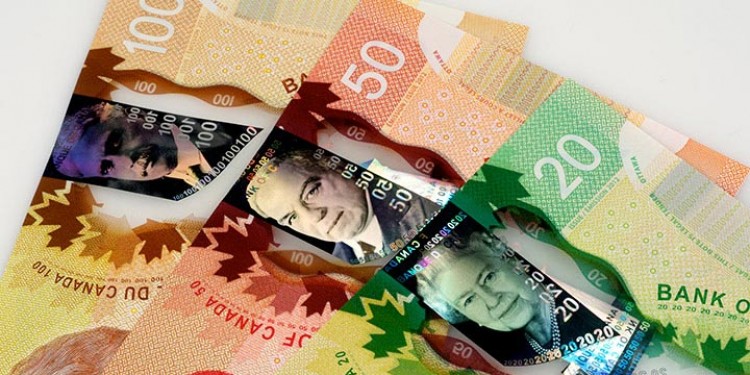The relevance of the unofficial rate During the 1940s, there was an active debate over whether the unofficial rate was the “true” value of...
The relevance of the unofficial rate During the 1940s, there was an active debate over whether the unofficial rate was the “true” value of the Canadian dollar. The Bank of Canada maintained that, given the “limited use” of inconvertible Canadian dollars and the small size of the market, prices were not necessarily an accurate reflection of sentiment towards the Canadian dollar (FECB 1947, 5).77 This was disputed by many economists, including then-associate professor of economics, Milton Friedman. In a 1948 University of Chicago debate with Donald Gordon, Deputy Governor of the Bank of Canada, and Dr. W. A. Mackintosh,
head of the economics department at Queen’s University and wartime economic adviser to the government, Friedman argued that there was no particular reason why a small market should necessarily lead to a distorted price. He also argued strongly that Canada should introduce a flexible exchange rate rather than relying on a system of exchange controls to balance trade. Gordon, on the other hand, contended that a 10 per cent decline in the official Canadian dollar (to roughly the level prevailing in the unofficial market) would have comparatively little impact on trade flows (Friedman et al. 1948). While there is no evidence directly linking Milton’s Friedman’s advice to Canada’s subsequent decision to float the Canadian dollar, it undoubtedly had an impact on the internal thinking of the Bank of Canada.

No comments